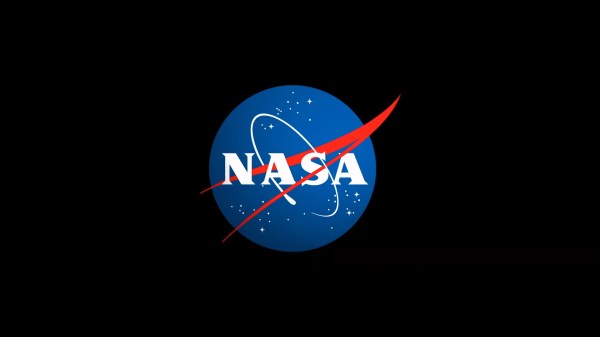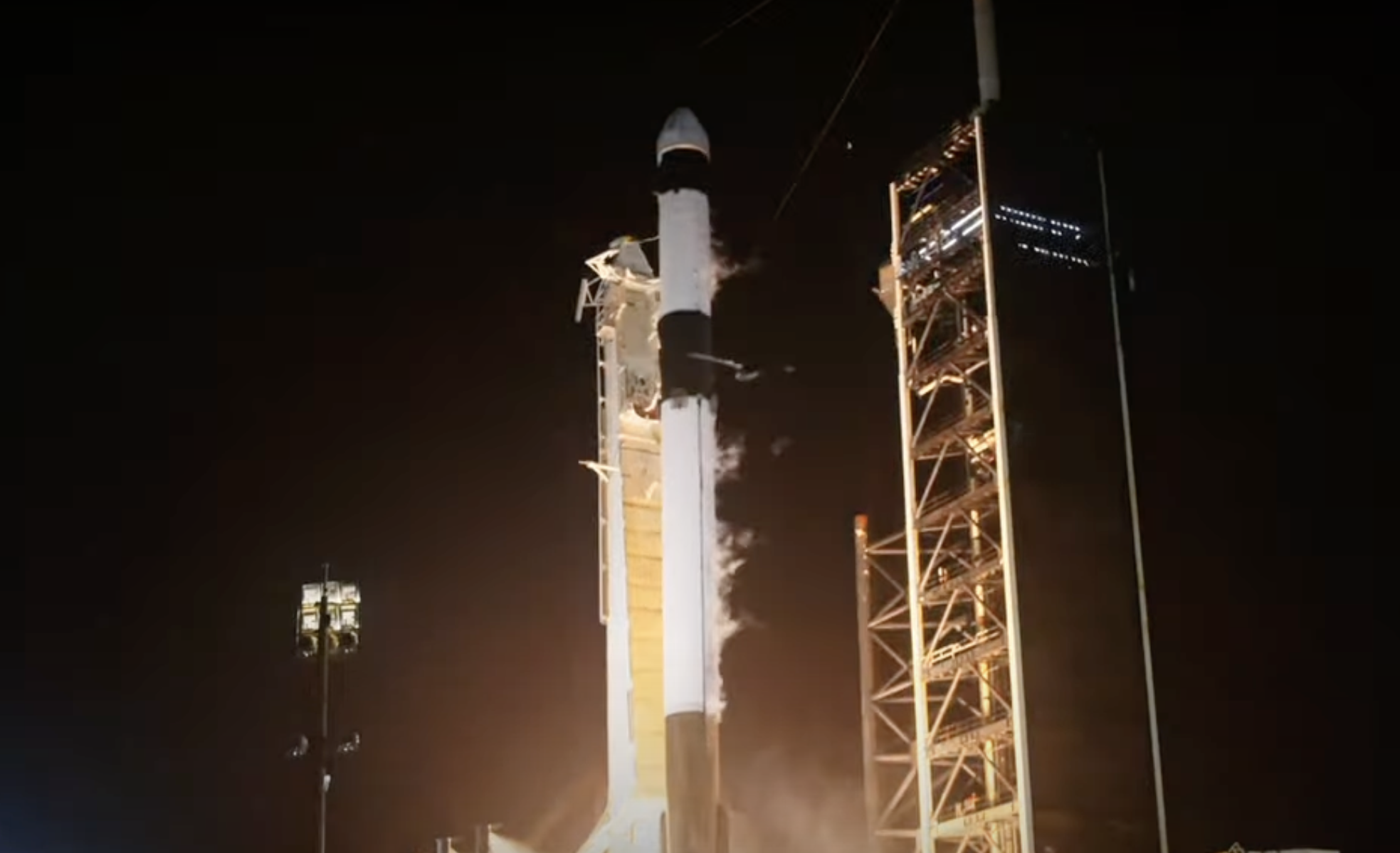NASA Sets Path to Return Mars Samples, Seeks Innovative Designs
NASA Administrator Bill Nelson shared on Monday the agency’s path forward on the Mars Sample Return program, including seeking innovative designs to return valuable samples from Mars to Earth. Such samples will not only help us understand the formation and evolution of our solar system but can be used to prepare for future human explorers […]


NASA Administrator Bill Nelson shared on Monday the agency’s path forward on the Mars Sample Return program, including seeking innovative designs to return valuable samples from Mars to Earth. Such samples will not only help us understand the formation and evolution of our solar system but can be used to prepare for future human explorers and to aid in NASA’s search for signs of ancient life.
Over the last quarter century, NASA has engaged in a systematic effort to determine the early history of Mars and how it can help us understand the formation and evolution of habitable worlds, including Earth. As part of that effort, Mars Sample Return has been a long-term goal of international planetary exploration for the past two decades. NASA’s Perseverance rover has been collecting samples for later collection and return to Earth since it landed on Mars in 2021.
“Mars Sample Return will be one of the most complex missions NASA has ever undertaken. The bottom line is, an $11 billion budget is too expensive, and a 2040 return date is too far away,” said Nelson. “Safely landing and collecting the samples, launching a rocket with the samples off another planet – which has never been done before – and safely transporting the samples more than 33 million miles back to Earth is no small task. We need to look outside the box to find a way ahead that is both affordable and returns samples in a reasonable timeframe.”
The agency also has released NASA’s response to a Mars Sample Return Independent Review Board report from September 2023. This includes: an updated mission design with reduced complexity; improved resiliency; risk posture; stronger accountability and coordination; and an overall budget likely in the $8 billion to $11 billion range. Given the Fiscal Year 2025 budget and anticipated budget constraints, as well as the need to maintain a balanced science portfolio, the current mission design will return samples in 2040.
To achieve the ambitious goal of returning the key samples to Earth earlier and at a lower cost, the agency is asking the NASA community to work together to develop a revised plan that leverages innovation and proven technology. Additionally, NASA soon will solicit architecture proposals from industry that could return samples in the 2030s, and lowers cost, risk, and mission complexity.
“NASA does visionary science – and returning diverse, scientifically-relevant samples from Mars is a key priority,” said Nicky Fox, associate administrator, Science Mission Directorate, at NASA Headquarters in Washington. “To organize a mission at this level of complexity, we employ decades of lessons on how to run a large mission, including incorporating the input we get from conducting independent reviews. Our next steps will position us to bring this transformational mission forward and deliver revolutionary science from Mars – providing critical new insights into the origins and evolution of Mars, our solar system, and life on Earth.”
For more information about NASA’s research at Mars, visit:
-end-
Dewayne Washington / Karen Fox
Headquarters, Washington
202-358-1600
dewayne.a.washington@nasa.gov / karen.fox@nasa.gov
What's Your Reaction?



















.jpg?#)
































